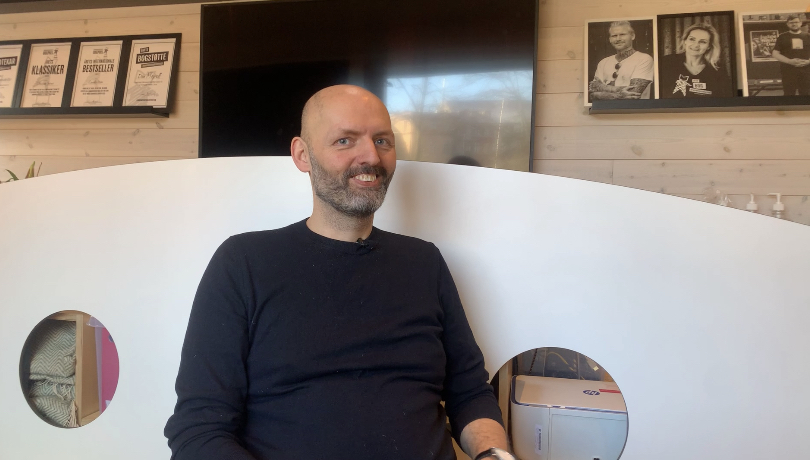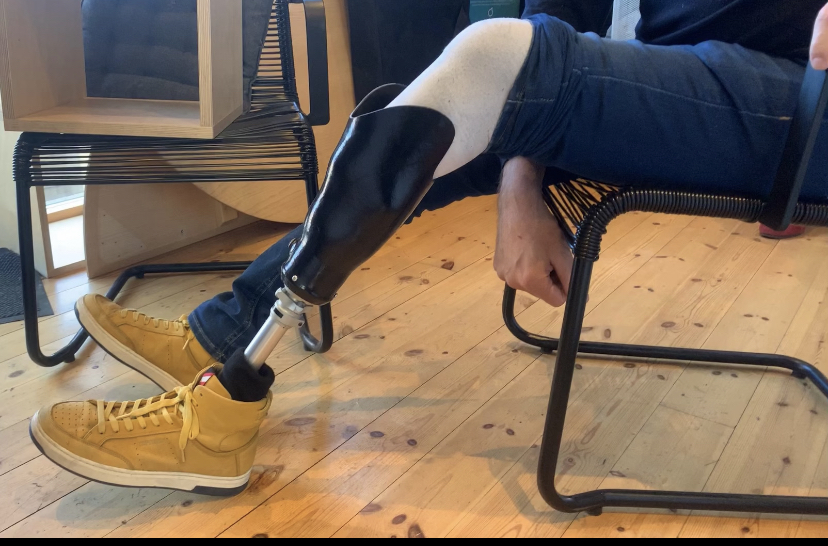By: Elise Kieffer and Ines Linder

In 2013 the Danish Parliament put forth a plan of action on disability to promote a higher standard of life for those living with disabilities in Denmark. According to the Danish Institute for Human Rights (DIHR) disability index, in nine of the ten areas set out in the plan of action, “persons with disability are considerably worse off”.
Instead of improvement to lives of people with disabilities in Denmark, ten years after the plan of action DIHR states that in terms of violence, discrimination, accessibility and education, people in Denmark are experiencing worse living conditions generally.
For some of those living in Denmark with disability, although no governmental action has been taken, a shift in social attitudes has improved their quality of life.
According to Samuel Carlsen, a 20-year-old high school student, the shift towards less stigmatization of Danes with disabilities has to do with an increase of presence of people with disabilities. He credits pop culture, and organizations and advocacy groups such as the Human Library Copenhagen which are working towards de-stigmatization.
“ It’s not just my friends but I find when I am in my wheelchair in public people have become more conscious of treating me like a person instead of treating me like a kid which is something that me like many people with disabilities feel is the normal treatment that we used to receive,” stated Carlsen in an interview.
For Carlsen, reaction to his disabilities from his peers have improved with his age and he feels like he is able to exist in Danish social circles with less stigma then in previous social situations. Although there is an improvement, Carlsen said that Danish society has a long way to go for people with disabilities to be viewed as first as people and then people with disabilities in social settings.
“I’m just a normal 20-year-old who does normal things, I go out, drink and party, I’m not any different, “Carlsen continued, “I want people to see me first as a person then as someone who is disabled.”

This change in mindset was echoed by Filip Nielsen, a 64 year-old who became a double amputee at the beginning of the Pandemic.

“ Before I became an amputee I don’t even think I considered how people with disabilities are treated in Copenhagen but after becoming part of the disabled population in Denmark it is something that I have been more and more aware of in society and also in terms of politics,” stated Nielsen in an interview.
According to the DIHR 30 per cent of people living in Denmark identify as living with disabilities. For the institute, although social attitudes towards people with disabilities have improved, DIHR is calling for the government to follow through in their plan of action and that there is “still a need for further initiatives”.

